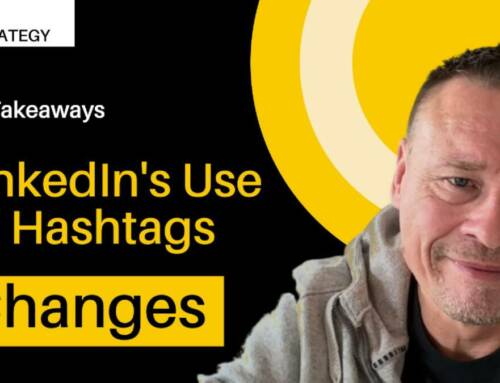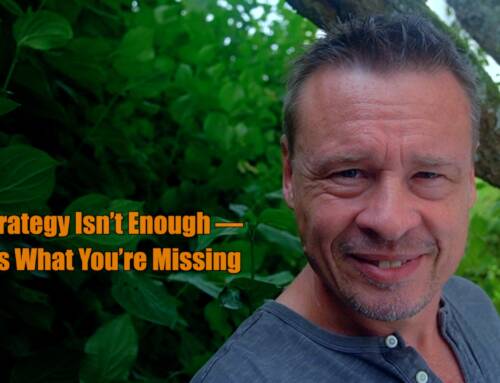In development cooperation, effective communication is key for promoting development goals and gaining support. Still, we often see a misguided focus on self-promotion rather than genuine engagement.
This blog post explores some aspects to take into account before entering the actual process of drafting a communication strategy in development cooperation and provides a structured approach to crafting your purposes for communicating on the way to a successful strategy.
4 Preconditions for a Successful Communications Approach
Recognize the Social Acceptance Challenge — Most of us are brought up to believe that excessive self-promotion and self-centered behavior are socially unacceptable. Applying this mindset to communication strategies, it becomes essential to strike a balance between showcasing achievements and taking an approach that does not only talk about you and your project. Professional communications is taking place in a social setting. You’re not selling detergents.
Commitment and Resource Allocation — Before developing a communication strategy, it is key to establish a genuine commitment beyond mere words. Management needs to put the money where their mouth is. Commitment entails allocating the necessary resources for effective content creation and managing communications work professionally, ie. by people who know something about communication. Adequate staffing with allocated time for content creation is essential for success.
Focus on Content Relevant to Your Target Group — To engage audiences effectively, it is essential to focus on creating content that resonates with their interests and needs. Establishing mechanisms for gathering feedback and understanding how communication is perceived is vital. I know your advisors are doing that already. But this is usually not done in a structured way and not with the purpose of communicating later on on their minds. Install a registry in your cloud, for example, where staff notes down the questions they are getting on the phone, via email, on their latest trip or at an event. Systematically captured feedback helps refine the content creation process and ensures that your communication strategy stands a chance to become effective. Remember, the process should start with how you can answer what your target group wants to know and then intersperse the messages that you want them to get — not the other way around!
Consider the Four Functions of Social Media — In the realm of social media, four functions identified by McKinsey in their 2012 article Demystify Social Media — and picked up recently in their informative What is Social Media post — can also guide the creation of communication strategies in development cooperation:
- Monitor social channels for trends and insights
- Respond to consumers’ comments
- Amplify current positive activity/tone
- Lead changes in sentiment or behavior
4 Functions of Social Media in Development Cooperation Communications
Monitoring — Monitoring in our development cooperation scenario entails closely observing stakeholder responses, interactions, and expectations. Establishing a robust monitoring system helps track feedback, identify recurring questions, and evaluate communication effectiveness. Recording and analyzing this data can inform future communication approaches.
Responding — Creating an environment conducive to dialogue and engagement is essential for effective communication. Communication materials and tools should invite responses and encourage stakeholders to share their opinions and questions. Strategically planning responses, defining appropriate tone and language, and assigning responsibility for timely replies are vital aspects of successful communications planning.
Amplifying — Amplification involves stimulating broader engagement and encouraging stakeholders to share communication materials. Rather than focusing on branding the project, it is more effective to emphasize outcomes, processes, and beneficiary experiences. Leveraging brand ambassadors and cultivating positive recommendations can significantly enhance the reach and impact of communication efforts.
Leading Behavior — Development cooperation organizations can utilize social media platforms to encourage long-term behavioral changes among stakeholders. This involves raising awareness, leveraging partnerships, and involving beneficiaries in decision-making processes. By influencing stakeholder behavior and social processes, development cooperation projects can achieve greater impact and sustainability. Again you need to be clear on what you want to achieve. The most important distinction you need to make is to decide whether you want to convey what you’re doing or whether you want to change the situation in a particular place.
Social media presents numerous opportunities for development organizations to engage all kinds of stakeholders and achieve their diverse communication goals. By considering all of the four principal functions of monitoring, responding, amplifying, and leading behavior, projects can lay the foundation to designing effective communication strategies. It is essential to focus on a limited number of aspects and allocate dedicated time to each area. While the strategy itself need not be a lengthy document, clear planning and defined responsibilities are critical for successful implementation.





Leave A Comment